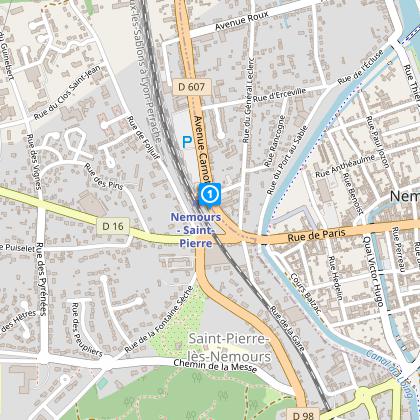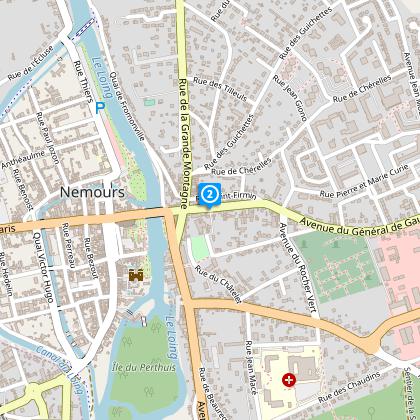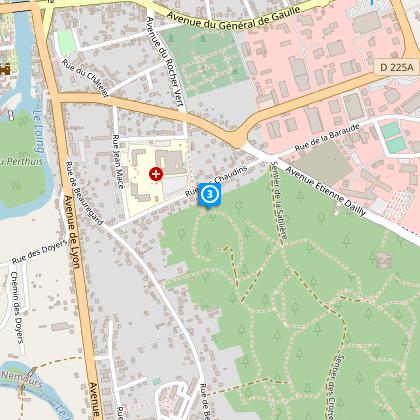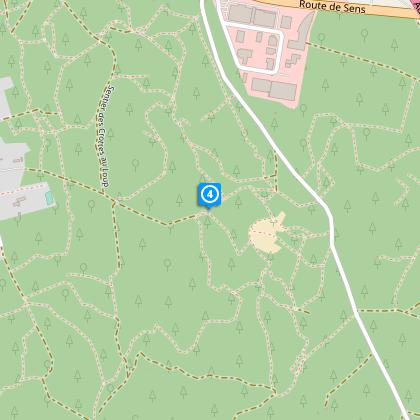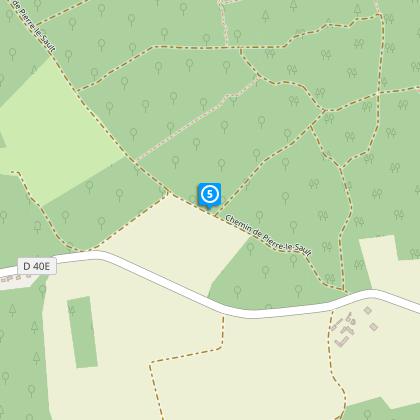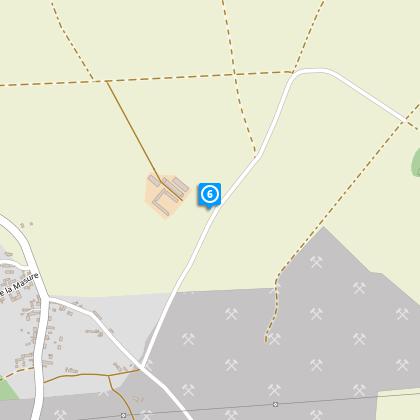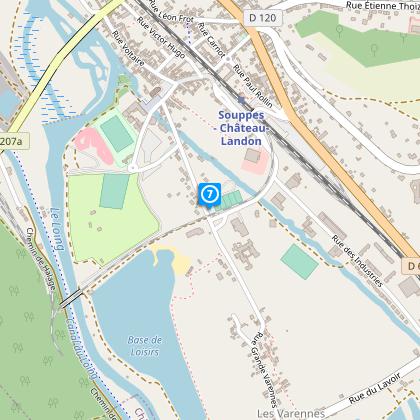警报
警报
练习类型
徒步
中等
5h
Presentation
描述
地图
步骤
兴趣点
Cirkwi 简报
评级和评论
周围的看点
南塞纳-马恩省南部的岩石和树木

信用 : Pixabay
Cirkwi 简报
探索尼穆尔:自然美景与历史之旅
踏上这条路线,你将沉浸在自然与历史交织的境界中。在Nemours国家旅游局的带领下,这条路径邀请你揭开尼穆尔的古老时光,这个曾经是加蒂奈地区统治中心的地方,你将沿着宁静的洛因河漫步,欣赏其城堡的壮丽景色。继续前行,你会看到点缀着奇幻岩石景观的森林和沙质荒地。这段旅程的终点是以其精美的石灰石而闻名的苏普斯-苏尔洛因。这是一个等待你脚步的自然奇观和历史魅力的故事。
徒步者简要技术概述
这段旅程全程20公里,起点位于Nemours-Saint-Pierre火车站,横跨各种地形。这条路线从320米到311米的升高区间,最高点为131米,最低点为59米。海拔的多样性使得这段徒步体验更加刺激。参与者需要有足够的体力,因为这是一次需要耐力的艰难步行。对于寻求技术满足的爱好者来说,这条路线既结合了风景秀丽的路线上的愉悦,又具有艰巨的体力挑战。
探索尼穆尔的季节性建议
无论是什么季节,为这段旅程做好准备非常重要。夏天需要带足够的水和防晒用品,因为暴露在阳光下的路段可能会晒伤。秋天需要防水装备,因为这个季节可能会有意外的阵雨。冬天的探险者应该装备保暖衣物,并注意滑溜的小径。春天,气候温和宜人,非常适合旅行,但小径可能泥泞,所以请穿合适的鞋子。在出发前务必告知他人你的行程,并保持在标记的小径上以确保安全。
了解尼穆尔:揭开历史的重要意义
尼穆尔位于塞纳-马恩省,属于更大的法兰西岛地区,拥有深厚的历史渊源。这个加蒂奈地区的古老首都见证了法国中世纪的历史遗产,并由其宏伟的城堡俯瞰着洛因河。这个地区以其迷人的森林和独特的地貌而闻名,历史上为居民提供了庇护所和资源。苏普斯-苏尔洛因的石灰石开采进一步凸显了该地区在其周边建筑演变中的重要角色。
根据天气模式最佳参观时间
旅行者的塞纳-马恩气候指南
塞纳-马恩地区气候温和,使得尼穆尔在一年四季都宜人可达。然而,最佳参观时间是5月至9月之间,此时的天气通常宜人,平均温度适宜户外活动。7月和8月是最炎热的月份,非常适合欣赏风景。相反,希望避开夏季人群的人可能会发现春天(3月底至5月)或初秋(9月和10月)是完美的选择,温度温和,游客较少。
踏上这条路线,你将沉浸在自然与历史交织的境界中。在Nemours国家旅游局的带领下,这条路径邀请你揭开尼穆尔的古老时光,这个曾经是加蒂奈地区统治中心的地方,你将沿着宁静的洛因河漫步,欣赏其城堡的壮丽景色。继续前行,你会看到点缀着奇幻岩石景观的森林和沙质荒地。这段旅程的终点是以其精美的石灰石而闻名的苏普斯-苏尔洛因。这是一个等待你脚步的自然奇观和历史魅力的故事。
徒步者简要技术概述
这段旅程全程20公里,起点位于Nemours-Saint-Pierre火车站,横跨各种地形。这条路线从320米到311米的升高区间,最高点为131米,最低点为59米。海拔的多样性使得这段徒步体验更加刺激。参与者需要有足够的体力,因为这是一次需要耐力的艰难步行。对于寻求技术满足的爱好者来说,这条路线既结合了风景秀丽的路线上的愉悦,又具有艰巨的体力挑战。
探索尼穆尔的季节性建议
无论是什么季节,为这段旅程做好准备非常重要。夏天需要带足够的水和防晒用品,因为暴露在阳光下的路段可能会晒伤。秋天需要防水装备,因为这个季节可能会有意外的阵雨。冬天的探险者应该装备保暖衣物,并注意滑溜的小径。春天,气候温和宜人,非常适合旅行,但小径可能泥泞,所以请穿合适的鞋子。在出发前务必告知他人你的行程,并保持在标记的小径上以确保安全。
了解尼穆尔:揭开历史的重要意义
尼穆尔位于塞纳-马恩省,属于更大的法兰西岛地区,拥有深厚的历史渊源。这个加蒂奈地区的古老首都见证了法国中世纪的历史遗产,并由其宏伟的城堡俯瞰着洛因河。这个地区以其迷人的森林和独特的地貌而闻名,历史上为居民提供了庇护所和资源。苏普斯-苏尔洛因的石灰石开采进一步凸显了该地区在其周边建筑演变中的重要角色。
根据天气模式最佳参观时间
旅行者的塞纳-马恩气候指南
塞纳-马恩地区气候温和,使得尼穆尔在一年四季都宜人可达。然而,最佳参观时间是5月至9月之间,此时的天气通常宜人,平均温度适宜户外活动。7月和8月是最炎热的月份,非常适合欣赏风景。相反,希望避开夏季人群的人可能会发现春天(3月底至5月)或初秋(9月和10月)是完美的选择,温度温和,游客较少。
自动生成。
IGN 地图

2417OTR - FORÊT DE FONTAINEBLEAU RESISTANTE FORET DES TROIS PIGNONS
编辑器 : IGN
收藏 : TOP 25 RÉSISTANTE
梯子 : 1:25 000
17.20€

2417OT - FORÊT DE FONTAINEBLEAU FORÊT DES TROIS PIGNONS
编辑器 : IGN
收藏 : TOP 25 ET SÉRIE BLEUE
梯子 : 1:25 000
13.90€
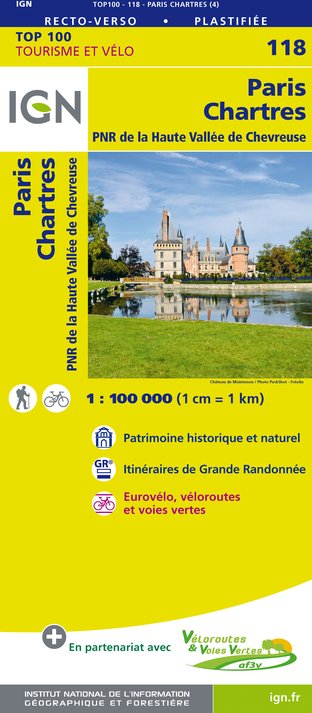
118 PARIS CHARTRES PNR DE LA HAUTE VALLÉE DE CHEVREUSE
编辑器 : IGN
收藏 : TOP 100
梯子 : 1:100 000
8.40€

119 PARIS SENS PNR DU GÂTINAIS FRANÇAIS
编辑器 : IGN
收藏 : TOP 100
梯子 : 1:100 000
8.40€
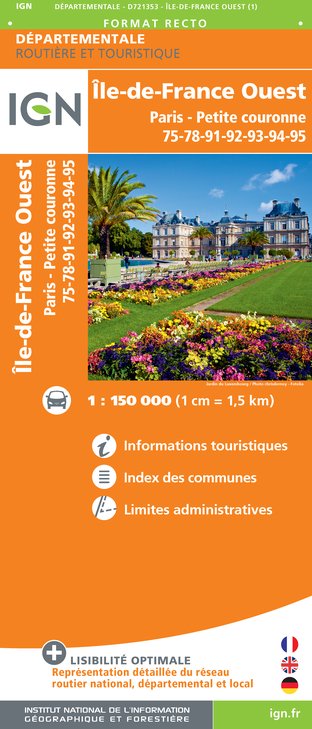
D75-95 ÎLE-DE-FRANCE OUEST
编辑器 : IGN
收藏 : CARTES DÉPARTEMENTALES IGN
梯子 : 1:150 000
5.90€
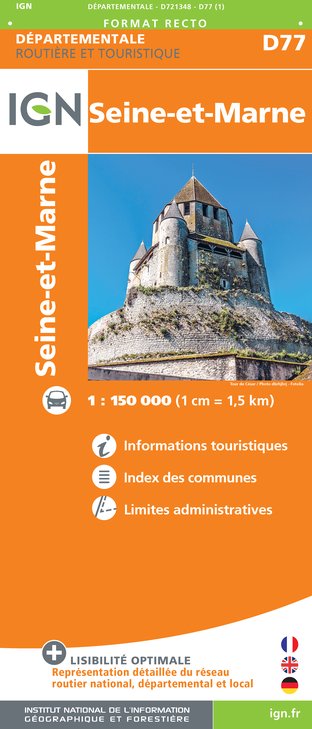
D77 SEINE-ET-MARNE
编辑器 : IGN
收藏 : CARTES DÉPARTEMENTALES IGN
梯子 : 1:150 000
5.90€

D41-45 LOIR-ET-CHER LOIRET
编辑器 : IGN
收藏 : CARTES DÉPARTEMENTALES IGN
梯子 : 1:150 000
5.90€
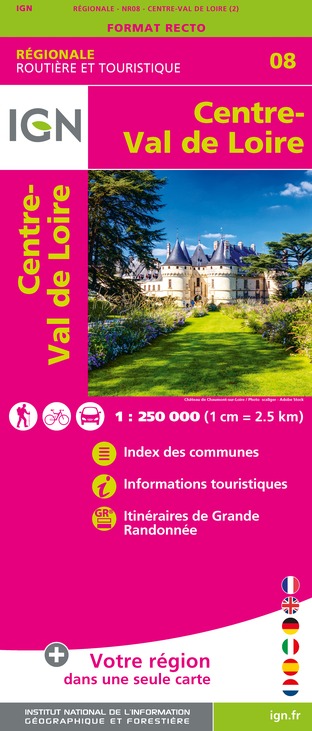
NR08 CENTRE-VAL DE LOIRE
编辑器 : IGN
收藏 : CARTES RÉGIONALES IGN
梯子 : 1:250 000
6.80€
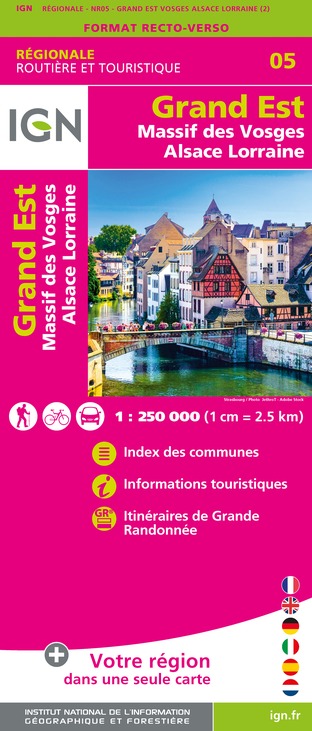
NR05 GRAND EST RECTO/VERSO MASSIF DES VOSGES ALSACE LORRAINE
编辑器 : IGN
收藏 : CARTES RÉGIONALES IGN
梯子 : 1:250 000
6.80€

NR03 ÍLE DE FRANCE
编辑器 : IGN
收藏 : CARTES RÉGIONALES IGN
梯子 : 1:250 000
6.80€

NR04 - GRAND EST RECTO/VERSO ARDENNE CHAMPAGNE
编辑器 : IGN
收藏 : CARTES RÉGIONALES IGN
梯子 : 1:250 000
6.80€
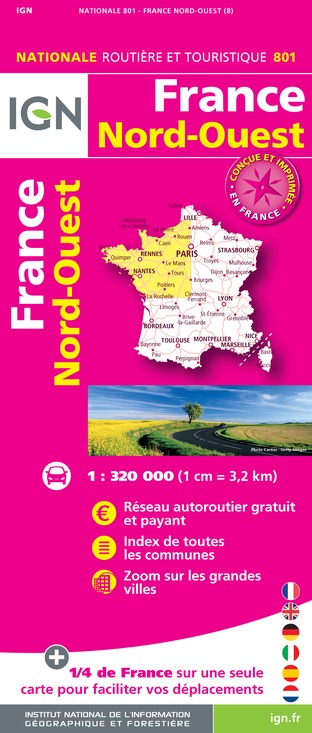
801 FRANCE NORD OUEST
编辑器 : IGN
收藏 : CARTES NATIONALES IGN
梯子 : 1:320 000
6.10€

EUROPE
编辑器 : IGN
收藏 : DÉCOUVERTE DES PAYS DU MONDE IGN
梯子 : 1:2 500 000
7.00€
技术信息
徒步
难度
中等
持续时间
5h
距离
20 km
练习类型
徒步
中等
5h
显示更多信息
高程剖面
起点
Gare de Nemours Saint-Pierre
,
77140Nemours
Lat : 48.267875Lng : 2.685662
步骤
兴趣点
数据作者
28 rue Gautier 1er 77140 Nemours France
评级和评论
周围的看点
